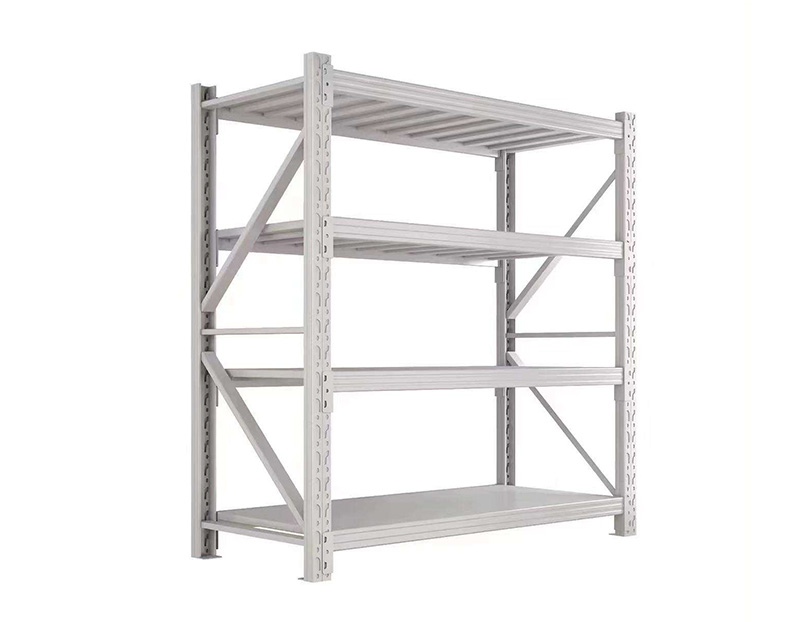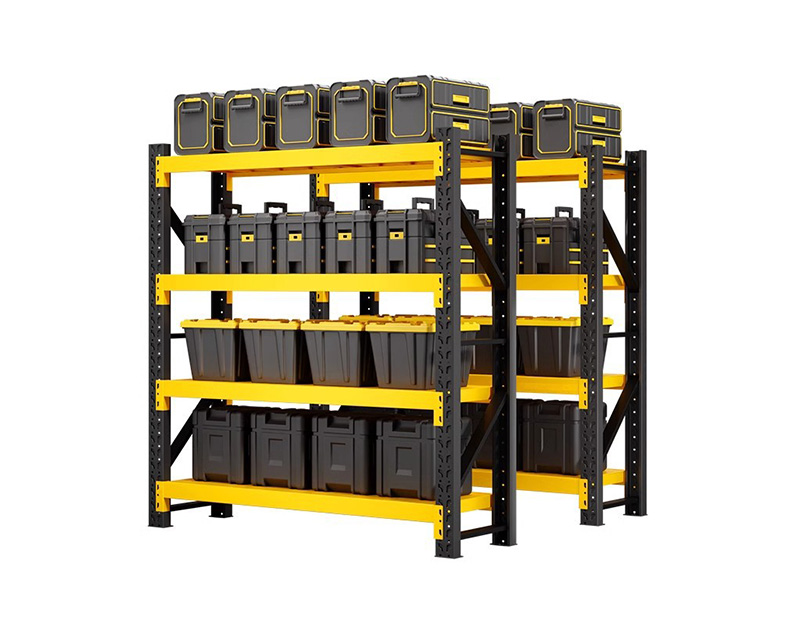Storage Systems: Design Ideas for High-Traffic Areas
Designing storage systems for high-traffic areas requires a strategic balance between accessibility, durability, and safety. Warehouses, retail stores, and distribution centers often face heavy foot and equipment traffic, making efficient layout and robust materials essential.

Start with **wide aisles** to accommodate forklifts, pallet jacks, and pedestrian movement safely. Adequate aisle width reduces bottlenecks, minimizes accidents, and improves overall workflow.
Use **heavy-duty shelving and racks** constructed from reinforced steel or other durable materials to withstand constant use and occasional impacts. Reinforced corners and protective barriers can prevent damage from collisions.
Incorporate **modular and flexible storage units** that can be easily reconfigured as traffic patterns or inventory needs change. Mobile shelving systems on tracks allow quick adjustments without major downtime.
**Clear signage and labeling** are crucial in busy environments. Mark pathways, loading zones, and storage locations with visible signs and floor markings to guide staff and visitors safely and efficiently.
Consider **integrated safety features** such as anti-tip mechanisms, rounded edges, and non-slip flooring to reduce injury risks. Installing barriers or guardrails around critical equipment protects both goods and workers.
Implement **smart storage technology** like RFID tracking and automated inventory systems to reduce manual handling and speed up order fulfillment in busy areas.
Finally, schedule **regular maintenance and inspections** to address wear and tear promptly. High-traffic storage systems require proactive upkeep to remain safe and functional.
In conclusion, designing storage systems for high-traffic areas demands a focus on durability, flexibility, and safety. Thoughtful planning and quality materials ensure efficient, secure operations even under heavy use.
 Smart Storage Equipment: Top B
Smart Storage Equipment: Top B
 Storage Systems: Design Ideas
Storage Systems: Design Ideas
 Storage Systems: Best Software
Storage Systems: Best Software
 Storage Systems: Maximizing Sp
Storage Systems: Maximizing Sp
